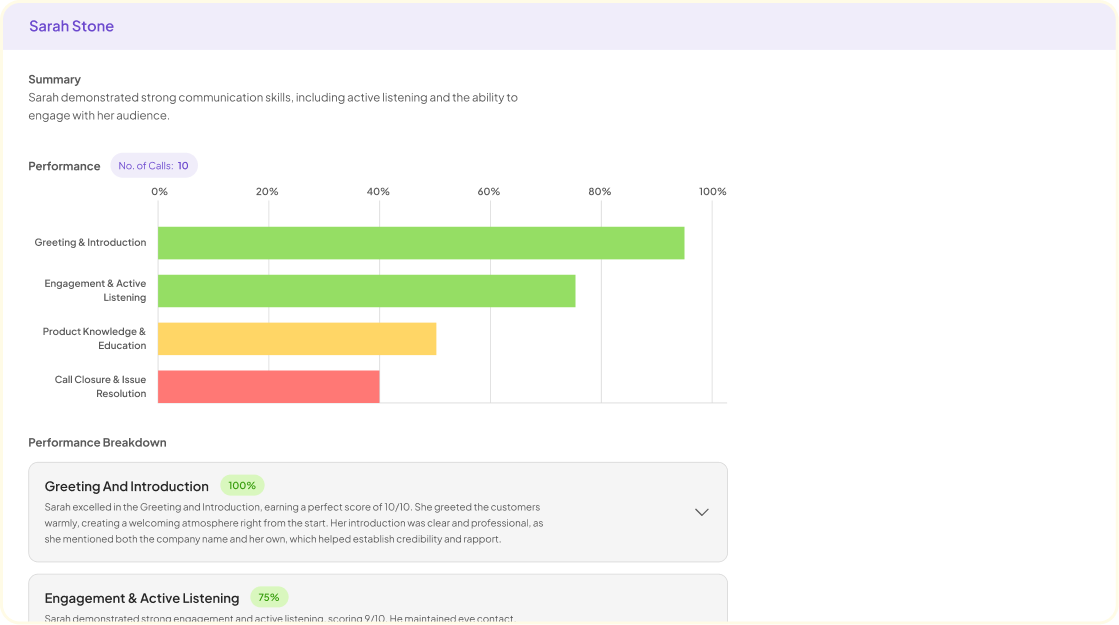In the fast-paced world of market research, making informed choices is crucial for business success. Data-driven decisions enable organizations to rely on factual insights rather than intuition alone. The ability to analyze customer feedback and market trends transforms raw data into meaningful results that drive strategic initiatives. By harnessing the power of data, businesses can identify what resonates with their target audience, minimizing risks in decision-making.
Data-driven decisions foster a culture of continuous improvement. As businesses embrace this methodology, they not only enhance their understanding of customer needs but also adapt to market changes effectively. Incorporating advanced analytical tools allows for deeper insights, ensuring that strategic plans are grounded in reality. Ultimately, this approach leads to better alignment with consumer expectations and sustained growth in an increasingly competitive landscape.
[hfe_template id=76956]Understanding Data-Driven Decisions in Market Research
In the realm of market research, understanding data-driven decisions is crucial for informed business strategies. Data-driven decisions utilize quantitative insights to guide marketing and operational choices. Businesses can systematically enhance their offerings by sourcing and analyzing customer feedback through surveys, interviews, and analytics tools. This method not only informs product development but also improves customer engagement and satisfaction.
Data-driven decisions unfold through various stages. First, organizations gather relevant data from diverse sources to ensure a comprehensive analysis. Next, they need to evaluate this data critically to extract meaningful insights that align with their goals. Finally, businesses can implement these insights to refine their strategies, ultimately driving growth and profitability. This structured approach empowers organizations to remain agile and responsive to market changes while making choices grounded in solid evidence.
The Role of Data in Modern Marketing Strategies
Data is now integral to developing effective marketing strategies. Businesses use it to understand customer behavior, preferences, and market trends. By harnessing this wealth of information, companies can create personalized experiences that resonate with their target audience. These data-driven decisions enhance brand loyalty and improve overall customer satisfaction.
Incorporating data into marketing strategies involves several key components. First, businesses must gather relevant data from multiple sources, including customer surveys and social media interactions. Next, the data needs to be analyzed to uncover trends and insights. Finally, companies must take action based on these findings to optimize their marketing efforts. By following this structured approach, organizations can make informed decisions that drive growth and ensure they remain competitive in an ever-evolving marketplace.
How Data Transforms Market Research into Actionable Insights
Data transforms market research into actionable insights through systematic analysis and interpretation. By gathering data from surveys, interviews, and various customer interactions, businesses can reveal crucial patterns and preferences. These insights help organizations make informed decisions that resonate with their target audience. For example, analyzing customer feedback allows businesses to identify pain points and areas for improvement, leading to tailored solutions that enhance customer satisfaction.
Additionally, actionable insights empower companies to anticipate market trends and consumer behavior. Organizations can strategize by visualizing data, uncovering hidden connections, and addressing challenges effectively. By adopting a data-driven mindset, businesses foster a culture of continuous improvement, ultimately accelerating growth and increasing competitiveness. When market research is effectively harnessed, it evolves into a strategic asset that informs data-driven decisions, guiding companies toward sustainable success.
[hfe_template id=76952]Leveraging Analytics for Actionable Data-Driven Decisions
Data-driven decisions are essential for businesses seeking to thrive in today's competitive environment. By optimizing analytical tools, organizations can transform complex data sets into meaningful insights. This section emphasizes the journey of converting raw data into strategic actions, highlighting how timely insights can fuel effective decision-making.
To ensure that data translates into executable strategies, focus on these key steps:
Identifying Key Metrics: It’s vital to define the metrics that align with your business goals. Metrics provide a benchmark for assessing performance and guide actionable strategies.
Selecting the Right Analytics Tools: Choosing the appropriate tools will streamline data analysis and visualization processes. This ensures integration and accessibility, enabling teams to derive insights efficiently.
Implementation and Feedback: Executing data-driven decisions is just the start; continuous feedback mechanisms are crucial for monitoring outcomes and refining strategies based on real-world results.
By understanding and applying these principles, businesses can significantly enhance their market position and operational efficiency.
Tools and Techniques for Turning Data into Insights
Turning data into actionable insights requires a strategic approach that combines effective tools and techniques. Businesses start by identifying key metrics that align with their goals. These metrics serve as benchmarks for evaluating performance, guiding decisions that lead to actionable outcomes. Whether it’s consumer behavior trends or market shifts, understanding these key indicators is essential for making informed choices.
Once the metrics are established, the selection of appropriate analytics tools becomes critical. Various software options are available to help analyze and visualize data effectively. From customer feedback analysis platforms to data visualization tools, these resources can reveal patterns and trends hidden within large datasets. By employing the right tools, businesses empower themselves to adopt data-driven decisions, enhancing their strategies and ultimately driving growth.
Step 1: Identifying Key Metrics for Business Success
Identifying key metrics is essential for driving business success and making informed decisions. Start by determining what success looks like within your organization. Consider elements such as customer satisfaction, revenue growth, and market share. Each of these factors plays a critical role in evaluating performance and aligning strategies with overarching business goals. Focused metrics empower teams to assess progress and identify areas for improvement consistently.
Next, prioritize the most relevant metrics that reflect your unique objectives. For instance, tracking customer retention rates can help businesses understand the effectiveness of retention strategies. Similarly, monitoring conversion rates can provide insights into the sales process's efficiency. By establishing these key performance indicators, you set the stage for data-driven decision-making, which is crucial in navigating today's competitive landscape. This thoughtful approach ensures that your insights translate into actionable strategies for sustained growth and success.
Step 2: Selecting the Right Analytics Tools
Choosing the right analytics tools is a pivotal step in making data-driven decisions. The landscape of available tools can be overwhelming, but understanding your business needs is crucial. Start by assessing what type of data you intend to analyze. Different tools specialize in distinct areas, such as customer behavior, sales performance, and market trends. By aligning your tool selection with specific objectives, you can enhance the insights derived from your data.
Next, consider the usability and integration capabilities of the tools. User-friendly interfaces help teams to adopt tools more effectively, while seamless integration with existing systems can streamline analytics processes. Also, prioritize tools that provide customizable reporting features, enabling you to extract actionable insights tailored to your business needs. This thoughtful approach ensures that you are equipped with the right resources to make informed decisions, ultimately driving business success.
Case Studies: Successful Data-Driven Strategies in Business
In today's rapidly evolving business environment, case studies provide a clear lens into successful data-driven strategies. These real-world examples demonstrate how organizations harness data to inform their decisions effectively. By analyzing customer feedback, market trends, and performance metrics, companies can identify patterns that lead to improved strategies and outcomes. Such insights empower businesses not only to react to current market conditions but also to anticipate future demands.
For instance, a thorough examination of customer interaction data can highlight both strengths and areas for improvement. This actionable feedback enables teams to refine their product offerings and enhance customer experiences. Furthermore, incorporating A/B testing within marketing strategies reveals which campaigns resonate the most with target audiences. By taking advantage of data-driven decisions, businesses strengthen their competitive edge and foster long-term growth. The journey of implementing these strategies illustrates the profound impact of data in shaping effective business practices.
Conclusion: Making Data-Driven Decisions for Business Growth
Data-driven decisions are essential for guiding businesses towards sustainable growth. By analyzing market research data, organizations can uncover valuable insights that lead them to make informed choices, minimizing risks and maximizing opportunities. This systematic approach allows businesses to adapt quickly to changing market dynamics, enhancing their competitive edge.
Ultimately, embracing a data-driven mindset helps companies focus on what truly matters—customer needs and preferences. Organizations that prioritize actionable insights can build stronger relationships with their clients and stay ahead of industry trends. In this way, making strategic decisions based on data not only facilitates growth but also fosters innovation and resilience in the marketplace.
[hfe_template id='22479']

